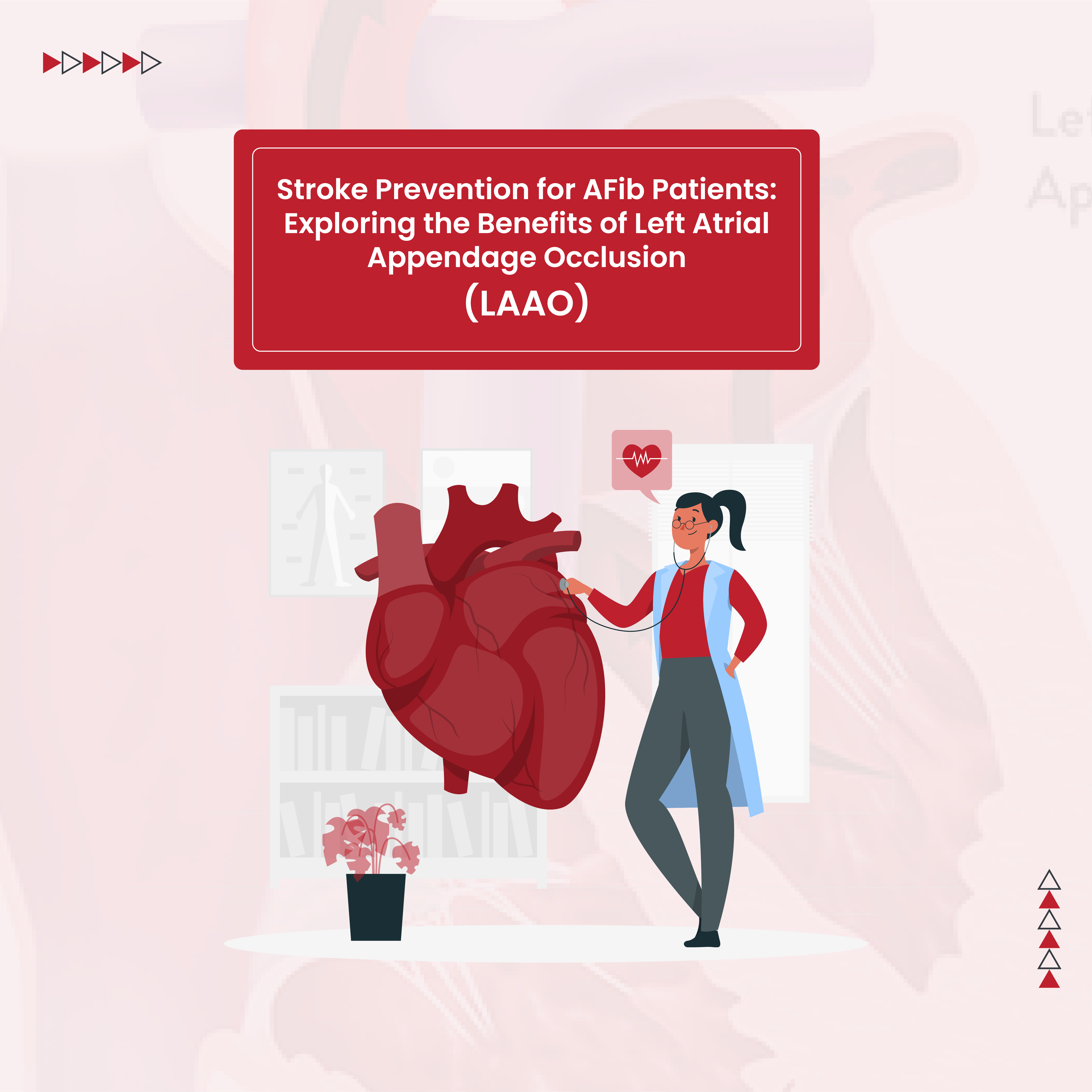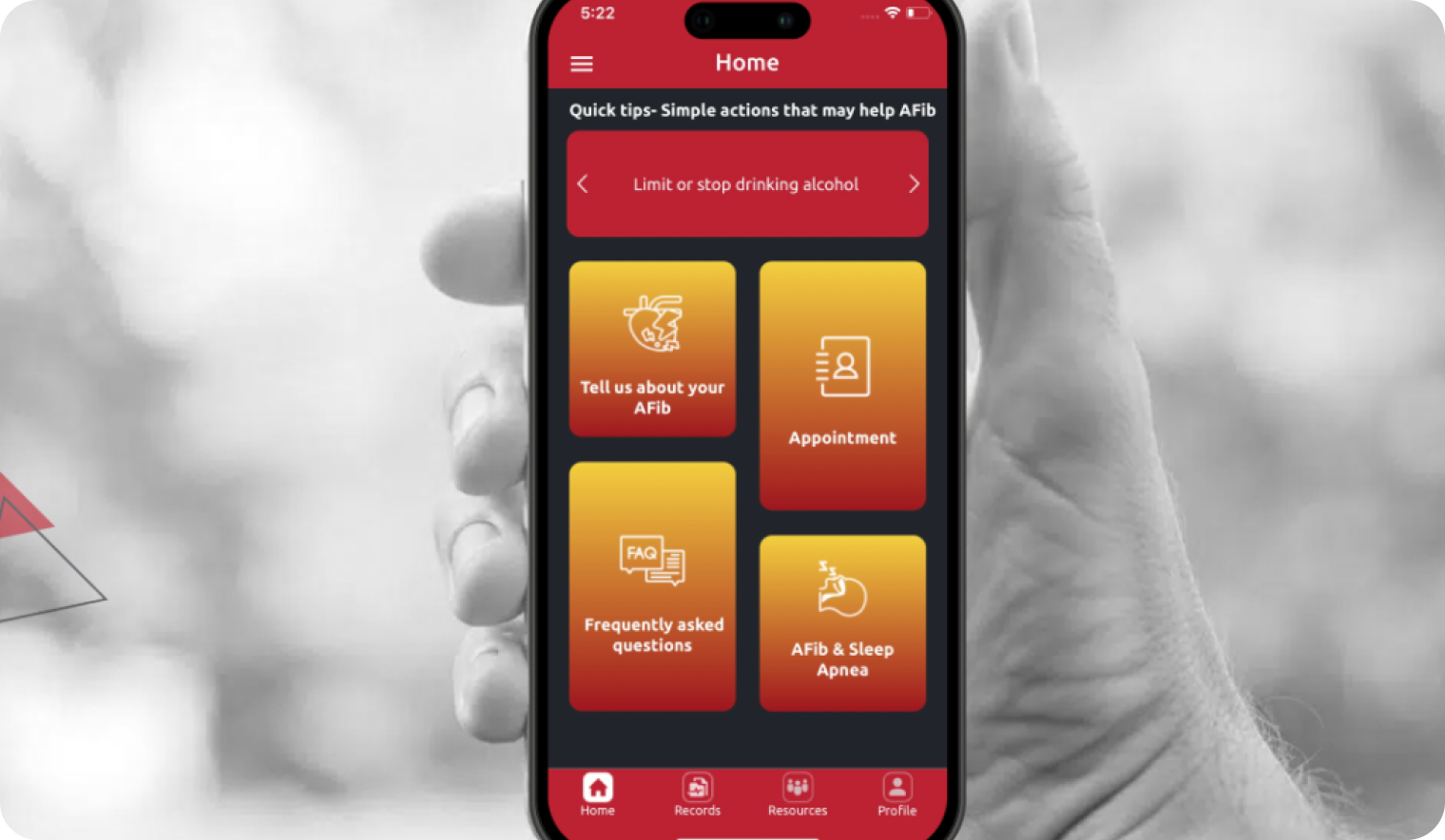The incidence of atrial fibrillation has been steadily increasing over the past 50 years. AFib is the most common abnormal heart rhythm and can have a significant impact on health and quality of life. Currently, atrial fibrillation affects an estimated 2.7 million people in the United States. That number is projected to grow to 9-12 million people by 2030.
Although there are nonmodifiable factors that contribute to the increasing prevalence of atrial fibrillation, such as an aging population and increased survival with chronic diseases, almost 50% of AFib risk is connected with lifestyle-based risk factors like obesity, high blood pressure, sleep apnea and type 2 diabetes. Exercise has a positive effect on all of these lifestyle-based risk factors and therefore can have a significant impact on AFib prevention and management. For example, obesity increases systemic inflammation which has been shown to irritate the heart’s electrical system and promote atrial fibrillation. Research in overweight and obese individuals found that moderate physical activity decreased systemic inflammation independent of weight loss.
Routine moderate exercise/physical activity is an important part of any healthy lifestyle. In terms of atrial fibrillation, several studies have shown an inverse relationship between regular, moderate physical activity and atrial fibrillation. People who engage in frequent moderate-intensity exercise can have a 28% lower risk of developing atrial fibrillation compared to people who do not exercise.
Can exercise cause AFib?
While moderate physical activity can lower the risk of atrial fibrillation, there is debate regarding the effect of vigorous exercise on atrial fibrillation. Some studies have found an association between vigorous exercise and increased incidence of atrial fibrillation. Epidemiologically, there seems to be a J-shaped relationship between exercise and AFib. The people at the two ends of the exercise spectrum, those who are not physically active and those who engage in long-term vigorous exercise, have the highest risk of AFib.
One study found a 5 times increased risk of atrial fibrillation in elite endurance athletes compared to the general population. An increased risk of AFib in athletes may be due to structural and electrical changes in the heart which result from vigorous exercise over a long period of time. Exercise over-indulgers can also have increased systemic inflammation and alterations to nervous system activity which can contribute to atrial fibrillation. Long-term endurance exercise may also increase the risk of the development of atrial flutter.
However, it should be noted that the data showing an increased risk of AFib or atrial flutter with vigorous physical activity has not been consistent with some studies showing an increased risk with vigorous exercise and others showing no/negligible increased risk. An increased risk of atrial fibrillation secondary to vigorous exercise has been most reliably found in young men. A young man was defined as age less than 45-50 years depending on the study.
Multiple studies have shown an increased risk of AFib in young men who participate in frequent vigorous exercise but have not found a similar association in women or older men. There also does not seem to be a consensus regarding what constitutes vigorous physical activity in terms of exercise type, frequency, and quantity. Standardization and further research are needed in this area.
What is moderate exercise?
Most studies have found a favorable effect of moderate exercise on AFib incidence. In order to better understand recommendations for physical activity and atrial fibrillation, it is helpful to know what qualifies as moderate exercise.
Metabolic equivalents (METs) are what exercise experts use to measure the intensity of physical activity. One MET is the amount of energy required to sit quietly. According to the Harvard School of Public Health “Moderate-intensity activities are those that get you moving fast enough or strenuously enough to burn off three to six times as much energy per minute as you do when you are sitting quietly, or exercises that clock in at 3 to 6 METs. Vigorous-intensity activities burn more than 6 METs.” Examples of moderate-intensity physical activities for an average healthy adult are: walking at a brisk pace, doubles tennis, heavy house cleaning (vacuuming, mopping, window cleaning), mowing the lawn, gardening, biking slowly (less than 10 mph).
Another way to think about moderate-intensity physical activity is exercising to a level where you can still hold a conversation but it requires some effort. The American Heart Association recommends adults get 150 minutes per week of moderate-intensity physical activity, or 75 minutes per week of vigorous physical activity, or a combination of the two. Preferably, activity is spread out throughout the week. The AHA estimates that only 1 in 5 kids or adults meets these recommendations.
There are multiple health benefits of optimal physical activity which contribute to AFib prevention or management. An exercise routine that includes 150 minutes of moderate physical activity per week increases muscle mass, insulin sensitivity, and anti-inflammatory mechanisms. Each of these acts to decrease atrial fibrillation. A healthy exercise regimen also decreases the incidence of atrial fibrillation risk factors like obesity, high blood pressure, diabetes, coronary heart disease, heart failure, and sleep apnea.
How does AFib affect exercise tolerance?
Atrial fibrillation is a chaotic irregular rhythm that is often associated with decreased exercise tolerance. AFib can cause an exaggerated heart rate response to exercise and changes in heart function which can both contribute to decreased exercise tolerance. Some people with atrial fibrillation are able to exercise without limitation as long as the heart rate is controlled. Other people remain symptomatic and report shortness of breath, palpitations, fatigue, and decreased exercise tolerance as long as they remain in atrial fibrillation.
Ablation is increasingly effective in eliminating atrial fibrillation and is an excellent treatment option especially if underlying, modifiable AFib risk factors have been addressed. Medications that aim to keep the heart rhythm normal (antiarrhythmics) and control heart rate are also used.
Is it ok to exercise while in AFib?
Symptoms often limit a person’s ability to exercise while in AFib. There is increasing evidence which supports rhythm control as an initial treatment strategy for atrial fibrillation. Antiarrhythmic medications or ablation procedures can be used for rhythm control. However, sometimes it is not possible to maintain a normal heart rhythm. In this case, controlling the heart rate, both at rest and with exercise, is the primary goal. As long as heart rate is adequately controlled, exercising while in AFib is not contraindicated.
People with atrial fibrillation may benefit from a supervised exercise program, such as cardiac rehabilitation. This allows graded, incremental increase in fitness in a supervised environment. Symptomatic response to activity and heart rate control is monitored and can be communicated back to your cardiologist to facilitate medication adjustments when necessary. A study of a 12-week cardiac rehabilitation program for people with AFib showed that exercise training increased participants’ exercise capacity and significantly decreased resting pulse rate. Patients also reported a notable improvement in overall quality of life after participation in the cardiac rehabilitation program. Data also shows that supervised exercise can decrease atrial fibrillation burden and recurrence.
Can I exercise after atrial fibrillation ablation?
Ideally, lifestyle-based AFib risk factors are addressed prior to atrial fibrillation ablation. This would include starting and maintaining an exercise routine that incorporates at least 150 minutes of moderate-intensity physical activity per week. After catheter ablation for atrial fibrillation, many people wonder when they can return to exercise and worry if exercise will cause recurrence of atrial fibrillation.
Continuing to address and manage modifiable atrial fibrillation risk factors after catheter ablation is the cornerstone of atrial fibrillation treatment success. There is no cure for atrial fibrillation so maintaining a healthy lifestyle, which includes adequate physical activity, will remain a vital part of the AFib management plan.
Typically, a gradual return to activity can start within a week or so after catheter ablation. An exercise routine can be resumed or started after about 4 weeks. A study investigating cardiac rehabilitation after catheter ablation found that people who started cardiac rehabilitation 4 weeks after ablation and continued for 12 weeks had improved physical fitness. After participation for 6 months, people continued to have physical fitness gains and they also reported decreased anxiety and improved quality of life. These patients were followed for 2 years after ablation and they continued to have improved physical fitness and decreased anxiety compared with patients who did not participate in cardiac rehabilitation after catheter ablation.
Can I exercise with atrial flutter?
Typical atrial flutter is an abnormal heart rhythm which is caused by an electrical short circuit in the right upper heart chamber (atrium). This causes the upper chambers of the heart to beat very fast. In atrial flutter, the abnormal electrical signals come from one area so unlike atrial fibrillation the rhythm is not chaotic.
Atrial flutter can cause a variety of symptoms which include shortness of breath, palpitations, racing heart, fatigue, and decreased exercise tolerance. Similar to atrial fibrillation, a person’s ability to exercise when in atrial flutter may be limited by these symptoms.
Typical atrial flutter is very effectively treated with atrial flutter ablation. Unlike atrial fibrillation, which does not have a cure, typical atrial flutter has a high cure rate with flutter ablation. Because of the high cure rate, ablation is often the first-line treatment for typical atrial flutter. If ablation is not an option or is ineffective, medications are used to manage atrial flutter.
Is it safe to exercise with atrial flutter?
People with atrial flutter have a risk of developing what is called 1:1 atrial flutter. This means that the upper chambers and lower chambers are beating at the same rate. The rate of the lower chambers determines what we refer to as heart rate or pulse rate. Remember that in atrial flutter the upper chambers beat very fast.
Typically, when the heart is in atrial flutter the AV node acts as a gatekeeper between the upper and lower chambers to only allow some of the atrial beats through to the bottom of the heart. In atrial flutter, the atria may beat at a rate of 240 beats per minute so if the AV node only allows every third atrial beat through, the heart rate will be 80 beats per minute. If every other atrial beat is allowed through, the heart rate will be 120 beats per minute. In 1:1 atrial flutter, the AV node allows every atrial beat through and the heart rate would be 240 beats per minute. A heart rate this high can be dangerous. 1:1 atrial flutter is more likely to occur when a person in atrial flutter engages in vigorous exercise while being treated with certain medications. For this reason, many experts recommend that people in atrial flutter not participate in competitive sports.
Whether you have an atrial flutter or atrial fibrillation, physical activity can be safe and will most likely continue to be an important part of health maintenance. After optimizing the management of your atrial fibrillation/flutter, you can work closely with your healthcare providers to develop a personalized exercise plan that will work for you.








